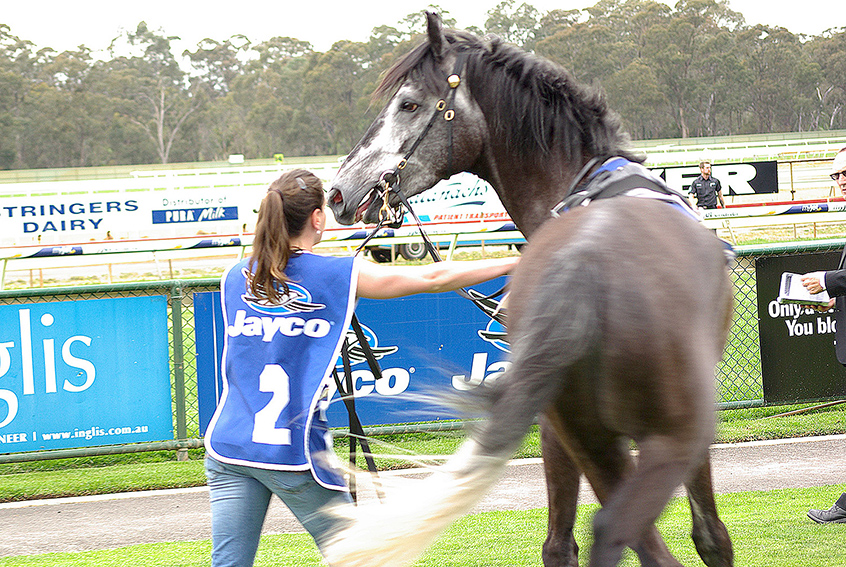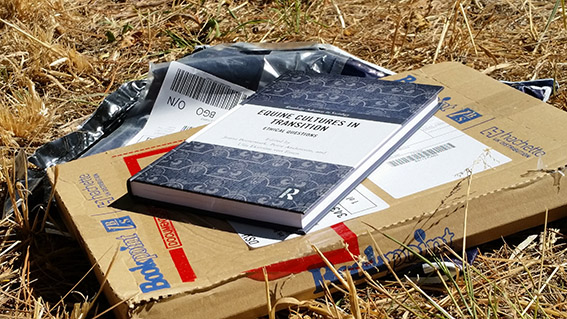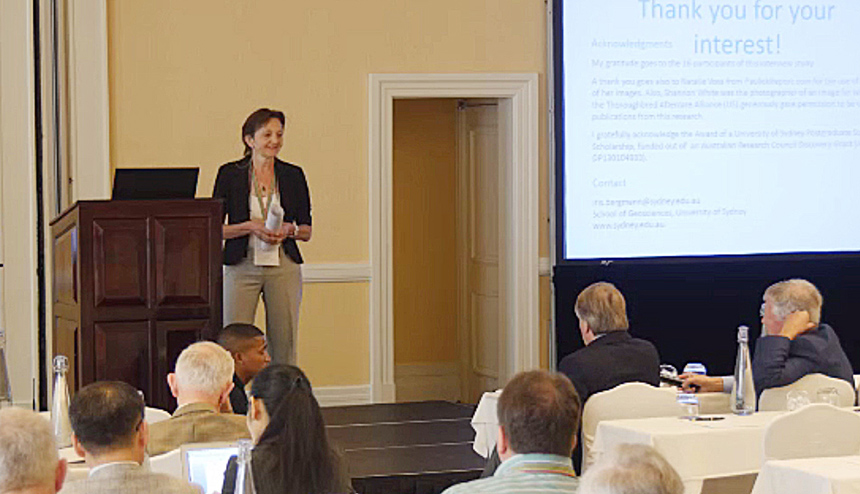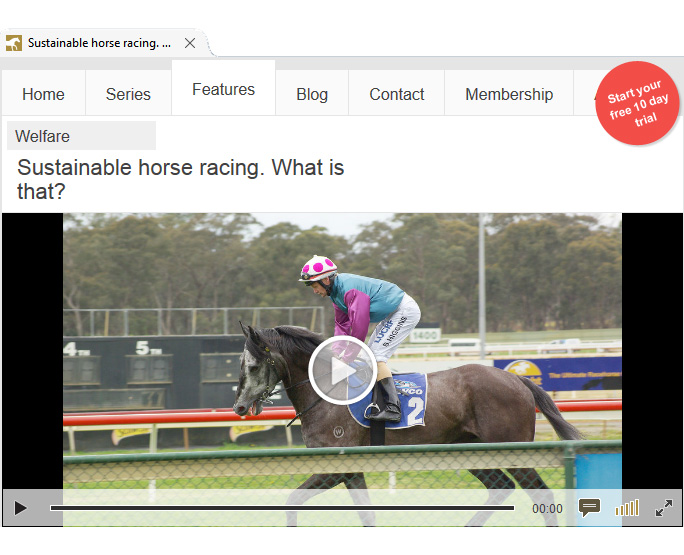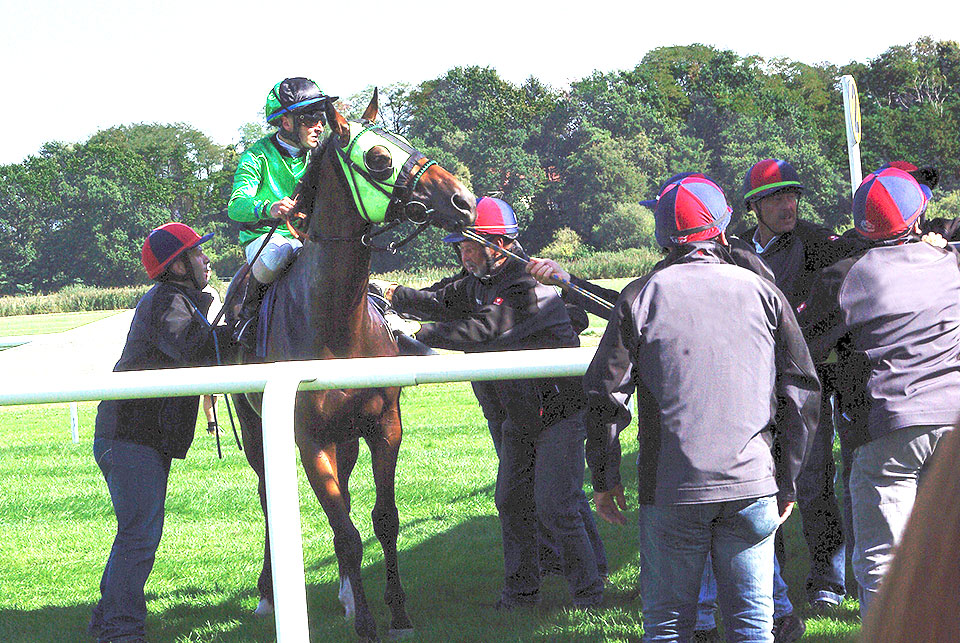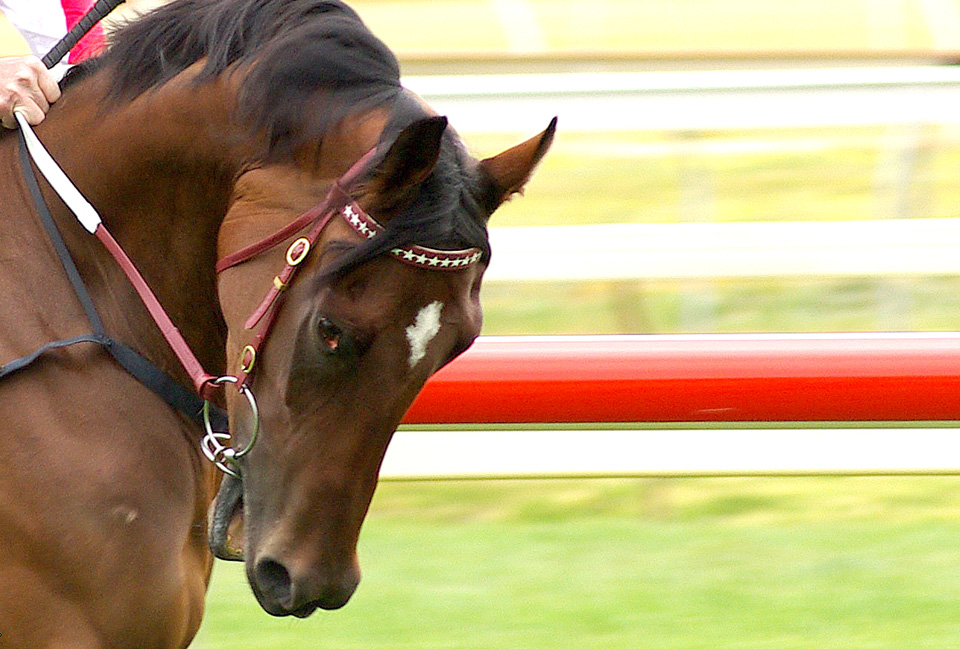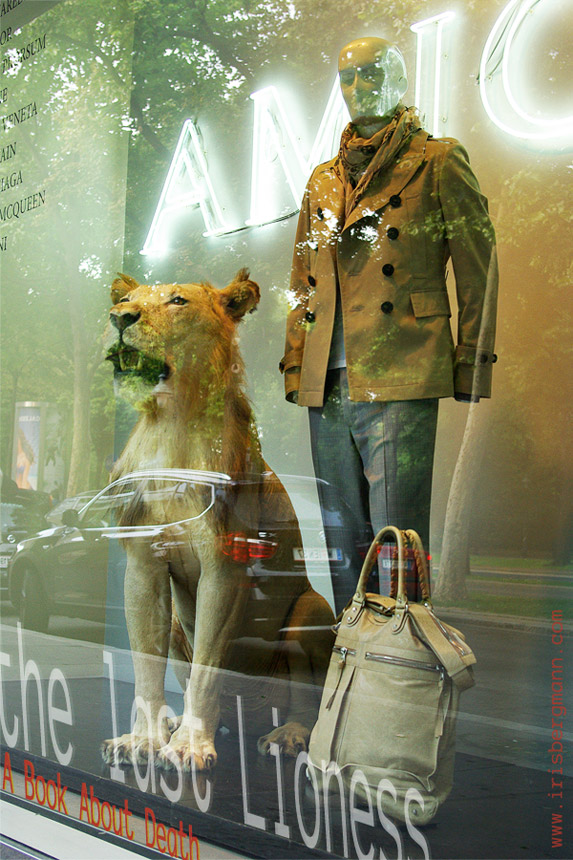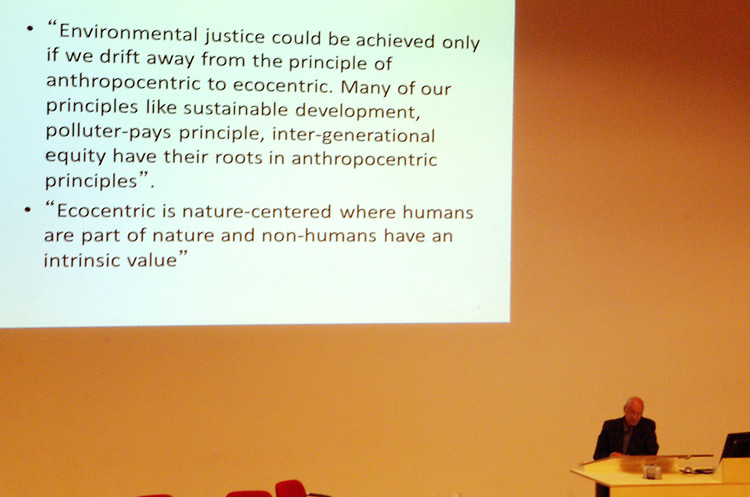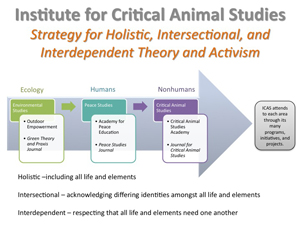Conference Panel at AASA 2021
Posted on November 24th, 2021
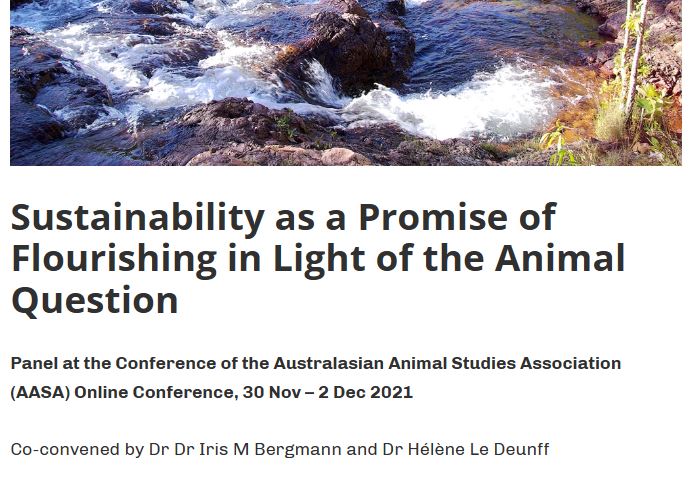
Together with Hélène Le Deunff, I will be co-convening a panel at the conference “Flourishing Animals” of the Australasian Animal Studies Association (AASA) which is happening online next week, 30 Nov – 2 Dec 2021.
With two other panellists, that is Jan Deckers from Newcastle University (UK) and Helena Röcklinsberg from the Swedish University of Agricultural Sciences, we will discuss the intersection of sustainability and animal protection, the title of our panel being “Sustainability as a Promise of Flourishing in Light of the Animal Question”.
Despite the unsustainability of the dominant sustainability discourse and practice for animals, we argue not to discard the notion of sustainability and instead, explore how to advance its utility for animal flourishing. We offer four presentations of conceptual, ethical, and practice-oriented inquiries into the animalisation of sustainability, and will then open to discussion.
– Jan will demonstrate that strong anthropocentrism as a worldview disables any transition to sustainability and animal flourishing, discussing the unacknowledged strong anthropocentrism manifest in guiding documents of the Catholic Church. He will sketch a qualified vegan ethic as a critical corrective.
– Based on a paper published together with Torpman, Helena will provide an ethical evaluation of the underlying anthropocentric assumptions of the Sustainable Development Goals. She argues that there are no good reasons to uphold these assumptions, and that the SDGs should therefore be reconsidered so that they take animals into direct consideration.
– Hélène will experiment with a different understanding of what gets to count as “sustainable water access”. She proposes that animal water flourishing can help humans reimagine water well-being as multi-species and cooperative, for more sustainable futures.
– In my presentation, I will discuss my previous work where I developed a framework for interspecies sustainability. I will then provide a first outline of how the study of the transformation to interspecies sustainability relates to and can benefit from the field of transformations studies.
Following our presentations, we will open to discussion of our arguments and possible future directions, and will take questions from the audience.
We have set up a website for our panel with some background information, short bios, presentation abstracts and resources including references and links to our previous works closely related to our presentations.

